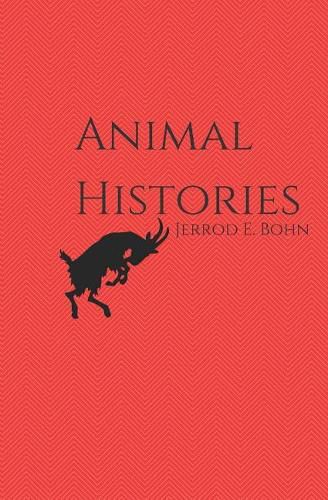Readings Newsletter
Become a Readings Member to make your shopping experience even easier.
Sign in or sign up for free!
You’re not far away from qualifying for FREE standard shipping within Australia
You’ve qualified for FREE standard shipping within Australia
The cart is loading…






Divided into four sections and mixing poetry with lyric essay, Animal Histories explores the origin, acquisition, and development of poetic language. Contrasting poetic language from language used for communication, the book posits that poetry is maternal, learned in utero by listening to the cadences and rhythms of the mother’s speech (the mother tongue ) while communicative language is paternal, shaped by power structures that are often patriarchal (the father tongue ). Moreover, the book maintains that what separates humans from animals is humanity’s ability to use language purely for language’s sake; while other animals have ways of communicating, only humans use language for artistic expression. By navigating between sections of unpunctuated, lineated poetry and autobiographical prose, the book ultimately arrives at a form of linguistic expression that unites maternal and paternal speech. Drawing on the theories of artists and philosophers as diverse as Julia Kristeva and singer-songwriter Nick Cave, Animal Histories is a provocative investigation of humanity’s relationship to language, how we speak to one another, and how we weave words into stunning artwork.
$9.00 standard shipping within Australia
FREE standard shipping within Australia for orders over $100.00
Express & International shipping calculated at checkout
Divided into four sections and mixing poetry with lyric essay, Animal Histories explores the origin, acquisition, and development of poetic language. Contrasting poetic language from language used for communication, the book posits that poetry is maternal, learned in utero by listening to the cadences and rhythms of the mother’s speech (the mother tongue ) while communicative language is paternal, shaped by power structures that are often patriarchal (the father tongue ). Moreover, the book maintains that what separates humans from animals is humanity’s ability to use language purely for language’s sake; while other animals have ways of communicating, only humans use language for artistic expression. By navigating between sections of unpunctuated, lineated poetry and autobiographical prose, the book ultimately arrives at a form of linguistic expression that unites maternal and paternal speech. Drawing on the theories of artists and philosophers as diverse as Julia Kristeva and singer-songwriter Nick Cave, Animal Histories is a provocative investigation of humanity’s relationship to language, how we speak to one another, and how we weave words into stunning artwork.